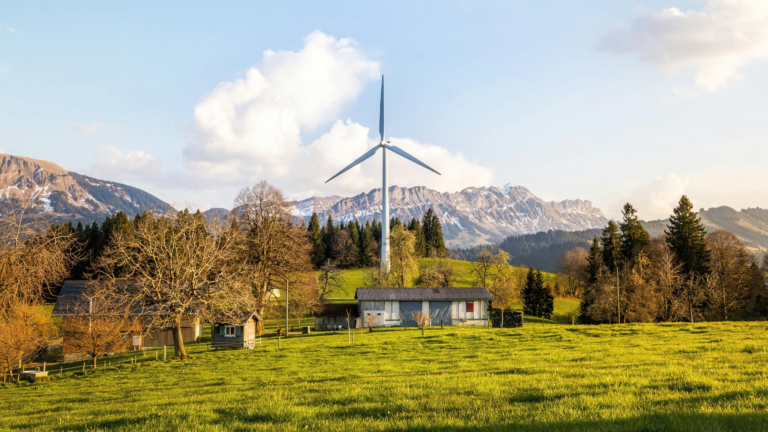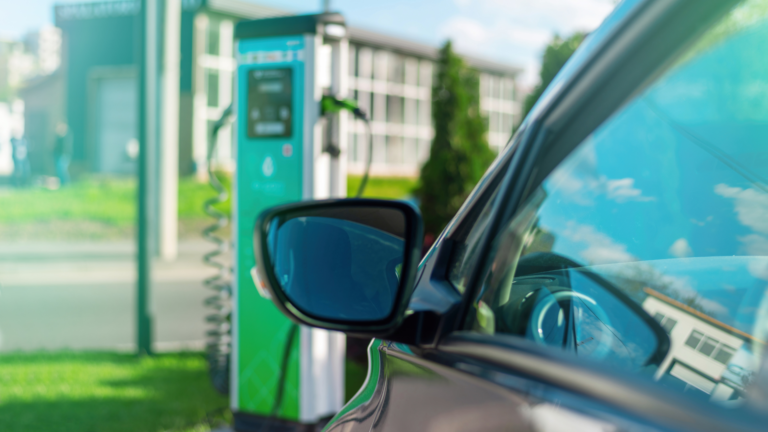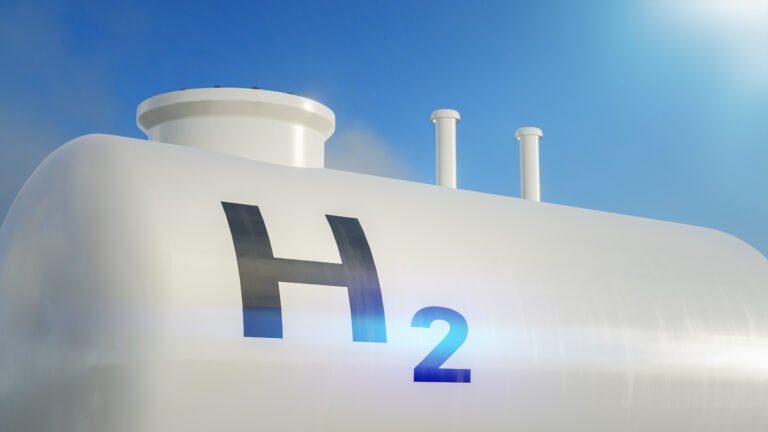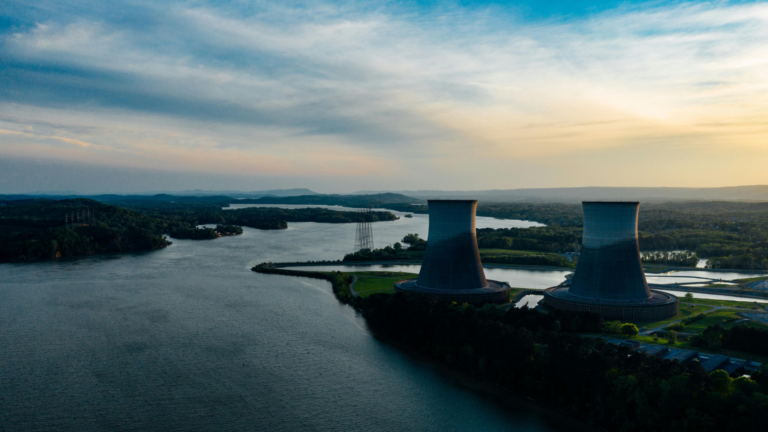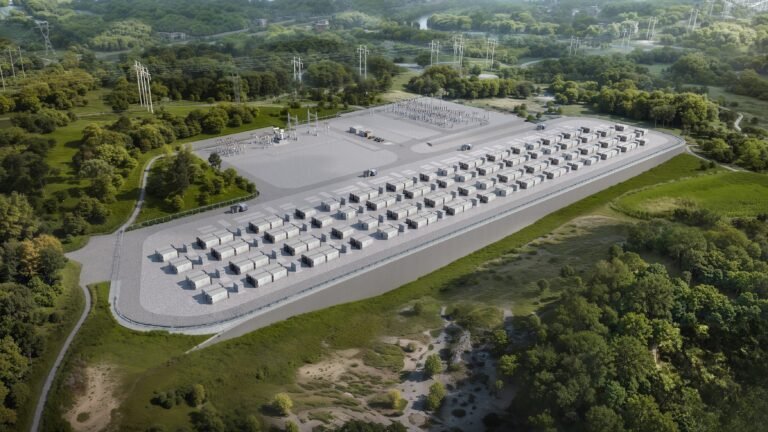Udangudi thermal project at a crossroads: compliance status and appraisal
The Udangudi Supercritical Thermal Power Project is located in Udangudi Village, Tiruchendur Taluk, Thoothukudi District, Tamil Nadu. Originally planned as a 2×800 MW imported coal-based plant, it is now being developed as a 2×660 MW supercritical coal-based power plant by Tamil Nadu Power Generation Corporation Limited (TNPGCL). The project aims to strengthen Tamil Nadu’s power capacity while going through detailed environmental scrutiny. The project site is situated on the southeastern coast of Tamil Nadu, near…



